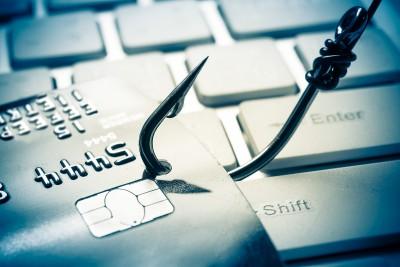More and more of our home devices - including thermostats, door locks, coffee machines, and smoke alarms - are now connected to the Internet. This enables us to control our devices on our smartphones, no matter our location, which can in turn save us time and money while providing convenience and even safety. These advances in technology are innovative; however, they also can pose a new set of security risks.
The Stop.Think.Connect.™ Campaign encourages you to follow these simple steps to secure your connected devices.
- Secure your Wi-Fi network. Your home’s wireless router is the primary entrance for cybercriminals to access all of your connected devices. Secure your Wi-Fi network, and your digital devices, by changing the factory-set default password and username.
- Enable stronger authentication. Always enable stronger authentication for an extra layer of security beyond the password that is available on most major email, social media, and financial accounts. Stronger authentication (e.g., multi-factor authentication that can use a one-time code texted to a mobile device) helps verify that a user has authorized access to an online account. For more information about authentication, visit the new Lock Down Your Login Campaign at www.lockdownyourlogin.com.
- Keep a clean machine. Keep software up to date and install updates for apps and your device’s operating system as soon as they are available. Keeping the software on your mobile device up to date will prevent attackers from being able to take advantage of known vulnerabilities.
- Know your apps. Be sure to review and understand the details of an app before downloading and installing it. Also, check to make sure the vendor or creator of the app is reputable. Be aware that apps may request access to your location and personal information. Delete any apps that you do not use regularly to increase your security.
- Consider what you share. Limit the amount of personal information you share about yourself online. Your full name, phone number, address, school or work location, and other sensitive information should not be published widely. Disable geo-tagging features that let people online know where you are. Limit your online social networks to the people you know in real life, and set your privacy preferences to the strictest settings.
As a partner in the Department of Homeland Security’s cybersecurity awareness campaign, the Department of Commerce is doing our part to make the Internet safer for everyone by participating in NCSAM. Learn more about NCSAM 2018 and how you can be cyber safe at https://www.dhs.gov/ncsam.
To receive cybersecurity tips year round, visit www.dhs.gov/stopthinkconnect and become a Friend of the Stop.Think.Connect. Campaign.


